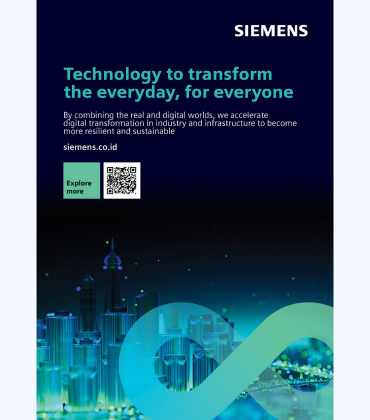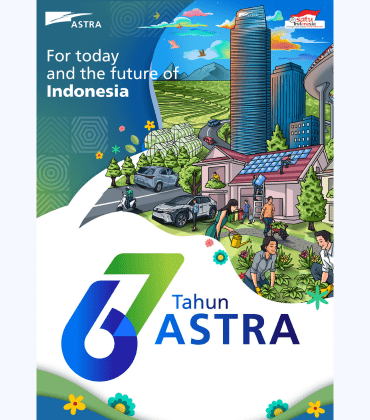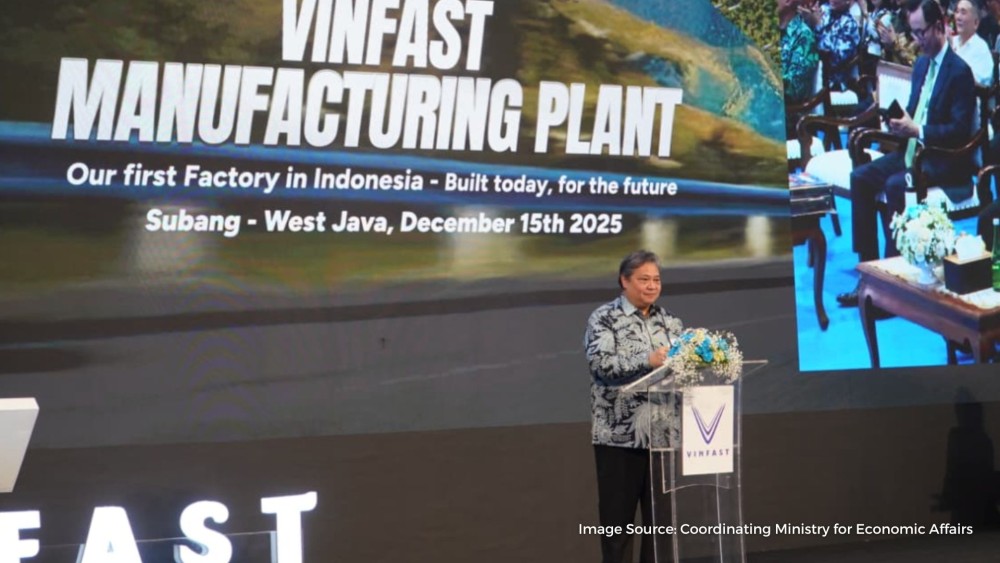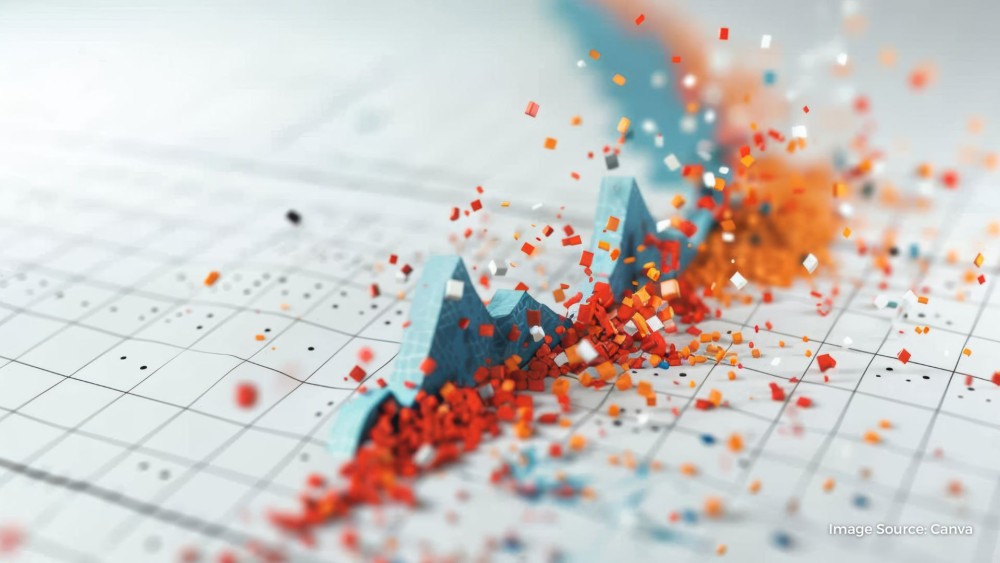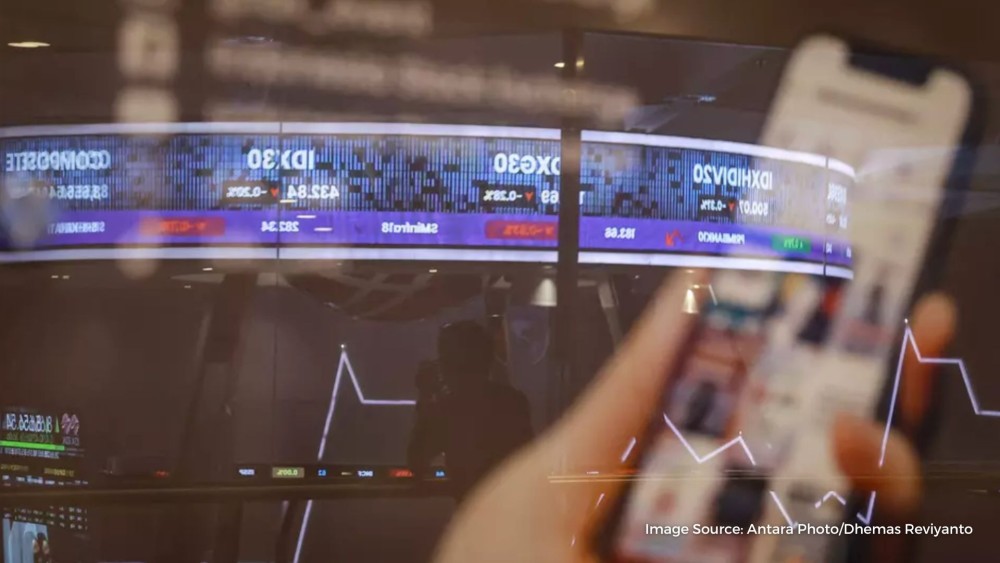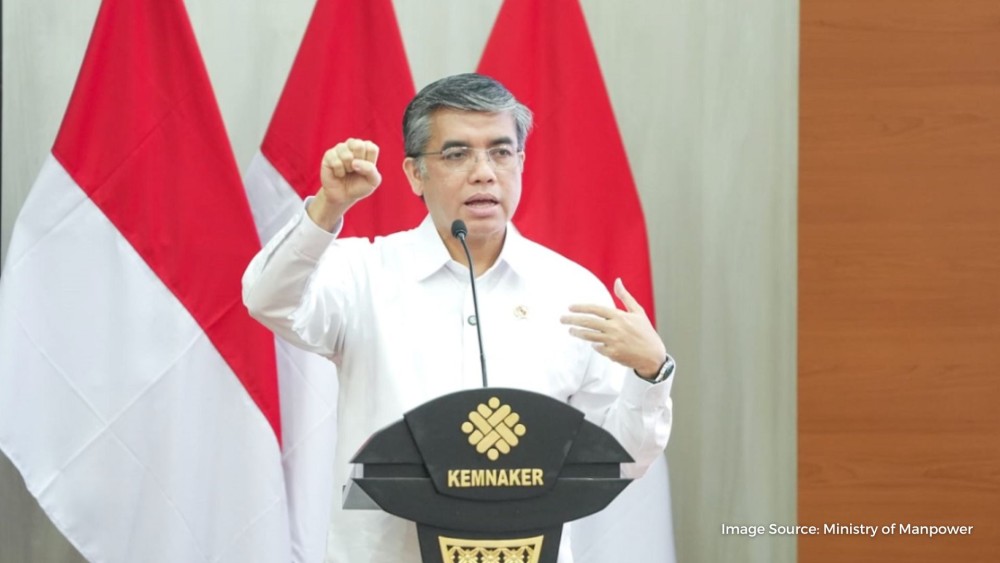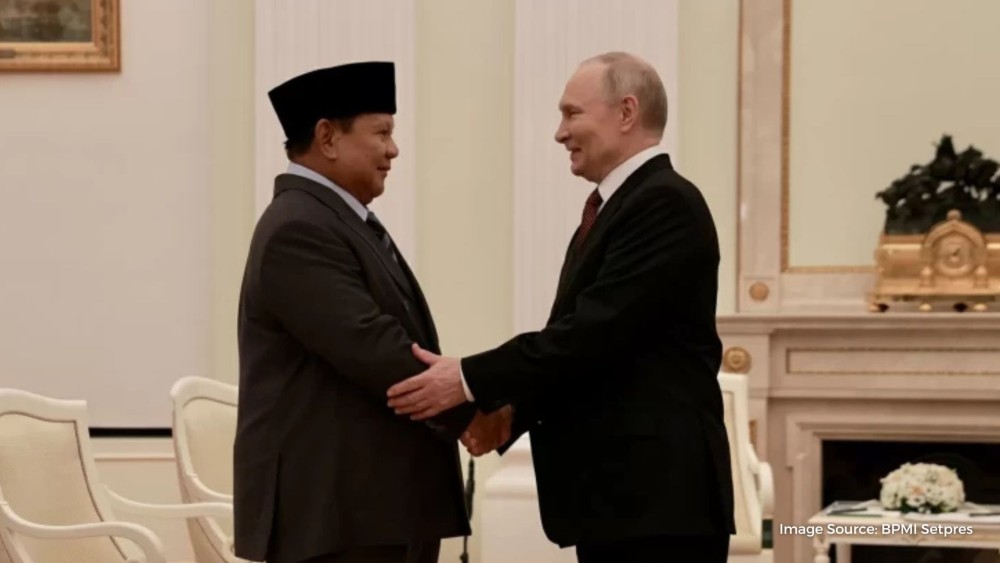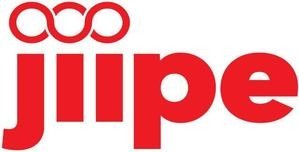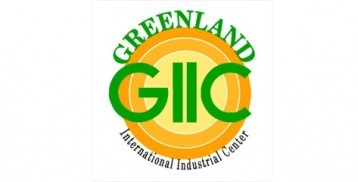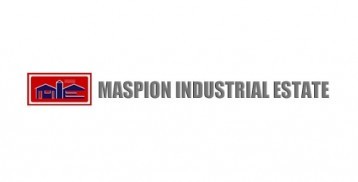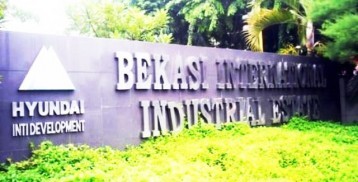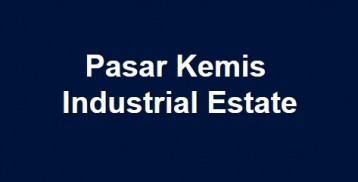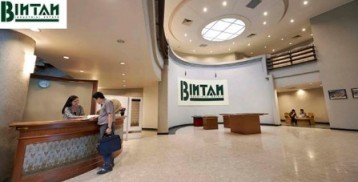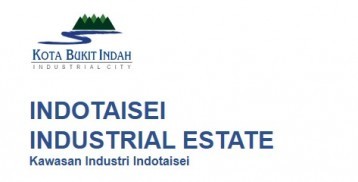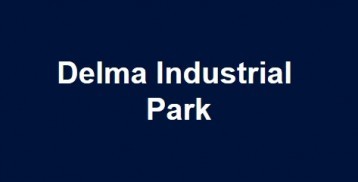Despite significant challenges, Indonesia’s textile sector remains prospective
24 Jul 2024
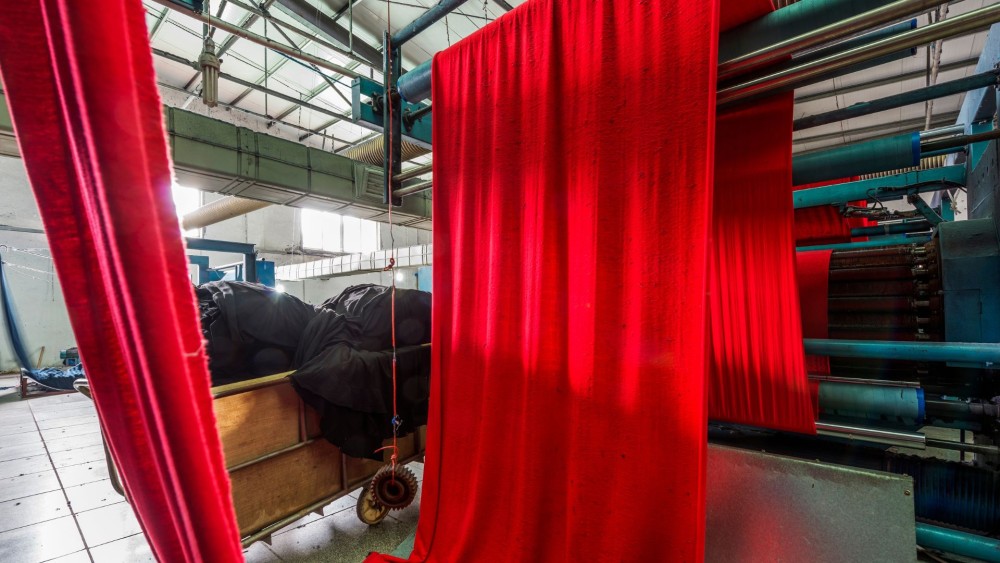
Indonesia's textile industry faces significant hurdles due to global economic conditions. Factors such as high interest rates in the US and economic slowdowns in key markets like the US and Europe are impacting investment and demand. The Indonesian Textile Association (API) has noted a decrease in production capacity utilization, which fell below 50%, the lowest since 2020. This is compounded by increasing costs of raw materials and energy, making it difficult for domestic manufacturers to remain competitive.
This has led to a significant number of layoffs, with nearly 14,000 job losses due to declining orders since the beginning of 2024, with some companies even experiencing a complete halt. To mitigate the impact, the government is even considering implementing a 200% tariff on imported textiles from countries like China, Vietnam, and Bangladesh to protect its domestic industry from dumping practices. However, as of the publication of this article, this policy has yet to be put into effect, if at all.
Despite these challenges, the outlook of Indonesia’s textile industry remains prospective, as indicated by the sector’s stable export and investment numbers.
Indonesia’s export of apparel and garments, Jan-May 2022-2024 (in Mn US$)
|
Year/Month |
Jan |
Feb |
Mar |
Apr |
May |
|
2022 |
1,335.35 |
1,188.45 |
1,276.94 |
1,308.62 |
971.41 |
|
2023 |
975.29 |
956.48 |
1,028.98 |
735.71 |
1,044.30 |
|
2024 |
1004.63 |
987.34 |
971.91 |
754.1 |
970.57 |
Source: Ministry of Industry
Jan-Mar investment in the textile sector
|
Investment |
2022 |
2023 |
2024 |
|
Domestic (in IDR Mn) |
587,929.3 |
2,947,037.5 |
1,713,618.8 |
|
Foreign (in US Thousand) |
126,064.5 |
114,168.3 |
194,287.3 |
Source: Ministry of Invesment/BKPM
This is because Indonesia's large population and growing middle class remains a winning formula for business players. The government's ongoing efforts to create a favorable business environment, coupled with the sector's potential for modernization and innovation, provide a hopeful outlook for investors and industry stakeholders alike. Under these conditions, India-based market research firm Mordor Intelligence projected a compound annual growth rate (CAGR) of 5.54% from 2024 to 2029, with the market size expected to reach USD 18.10 billion by 2029.
There are numerous opportunities for business players in the Indonesian textile industry. The government's support through favorable policies and incentives aims to attract investment in new technology and machinery, crucial for modernizing the sector. These policies include tax breaks, duty exemptions for importing machinery, and support for research and development initiatives.
Sustainability is another key area of opportunity. Consumers globally are becoming more conscious of environmental and social issues, driving demand for responsibly produced textiles. Many Indonesian companies are adopting sustainable practices, such as using eco-friendly materials and energy-efficient production processes.
The technical textiles segment, which includes specialized products like medical and industrial fabrics, offers promising avenues for growth and innovation. Investment in this segment can help diversify the industry and reduce reliance on traditional textile products
To capitalize on these opportunities, business players in the Indonesian textile industry should focus on several strategic areas. These include upgrading machinery and adopting advanced manufacturing technologies in order to stay competitive in the global market, as well by exploring new markets and diversifying product offerings, especially in the technical textiles segment.
The Indonesian textile industry presents a mix of challenges and opportunities. Nevertheless, the sector's resilience, combined with favorable economic and demographic trends, positions it well for continued expansion in the coming years.
